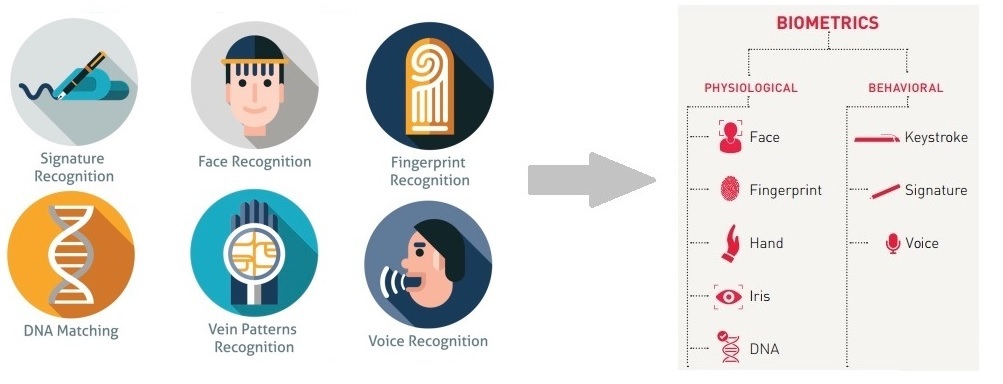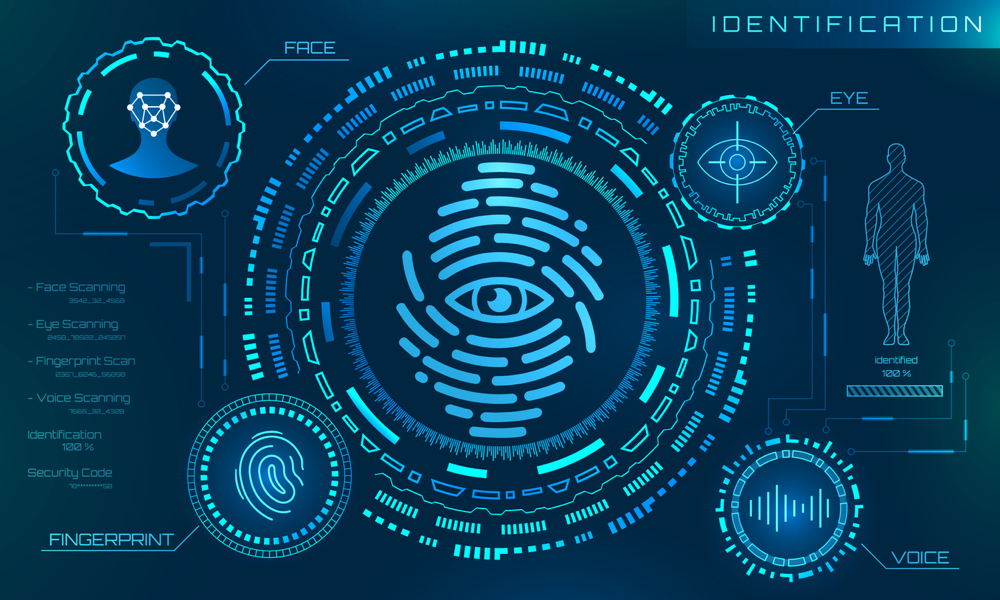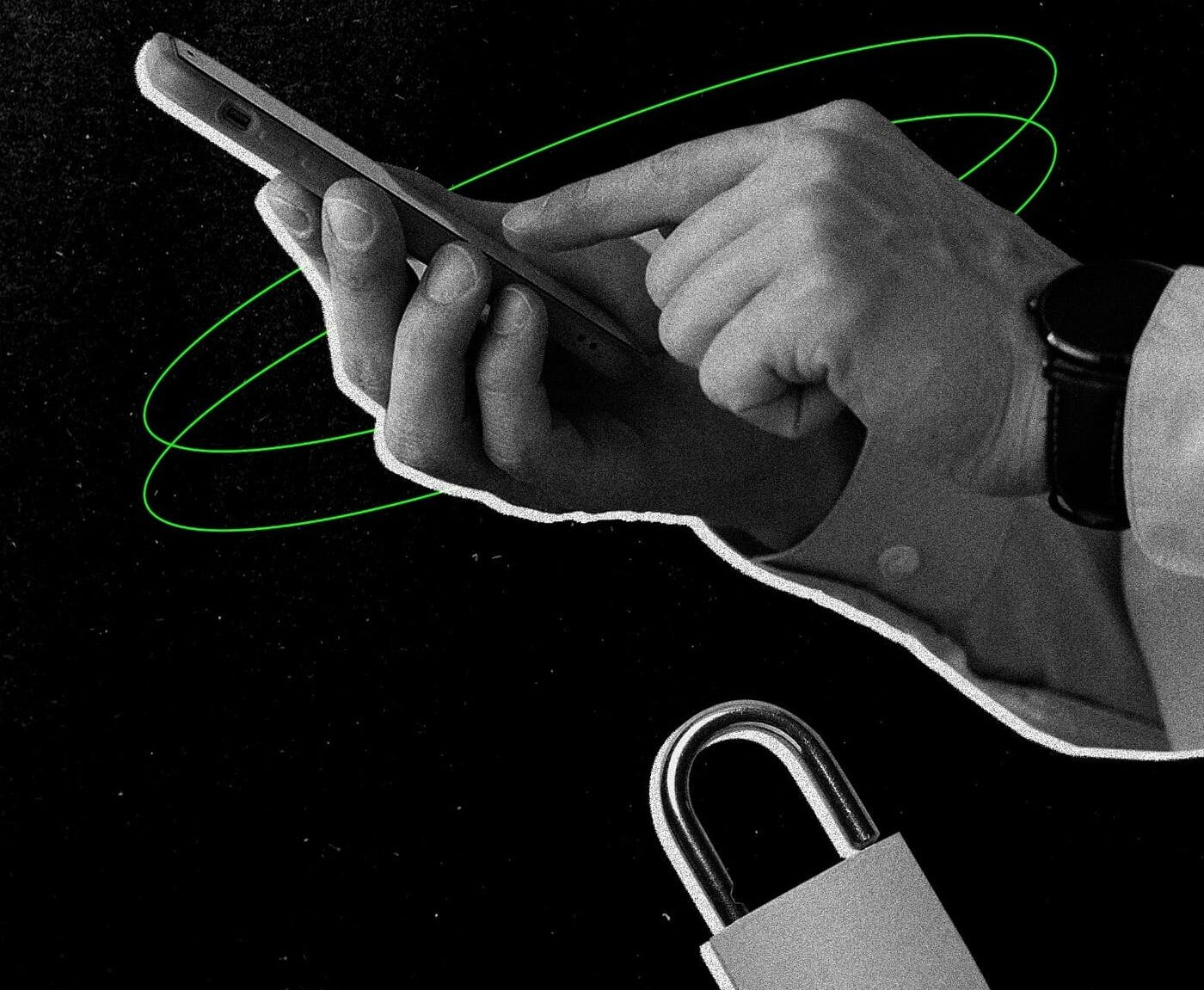Introduction
Overview of password-based security
Password-based security stands out as the basis for the protection of personal and sensitive information throughout modern times. In popular usage, however, a number of challenges appear. The most people fall into using simple, easily guessed passwords or reuse passwords across multiple accounts.
Common Problems with Passwords:
- Forgetting complex passwords
- Risk of password breaches
- Phishing attacks abusing password reusage
- These have influenced the growing interest in alternative methods of security.
- Biometrics on the Rise in Security
Now comes biometrics-a new method of changing security protocols. Biometric systems rely on physical attributes, such as fingerprinting, face recognition, and even patterns of one’s voice. Just imagine, for instance, approaching your smartphone and turning it on just by staring at it. Convenience joined with greater security-this is why biometrics will see a rise in their adoption in an increasing number of industries, including financial and personal. The time has come to discover this new exciting development in security!

History of Biometrics
Early Developments in Biometric Technology
Biometrics can be traced back in history. Such methods include fingerprinting dating back to 1858. Sir William Herschel was a British official in India; he found the uniqueness of fingerprints for identification purposes. Come the 20th century, where Dr. Alphonse Bertillon developed the “Bertillon system,” using physical measurements for the purpose of identification of criminals.
Milestones of Biometric History:
1892: Fingerprints were first used in the conviction of a criminal.
1960s: Invention of speech recognition technology.
These early inventions are the beginning of what the modern and complex biometric systems were built on.
Adoption of Biometrics across Industries
As technology developed, it moved biometrics from the police into people’s everyday lives. Soon, institutions, banks, and security firms started to use such systems to protect their personal data.
Industries Benefiting from Biometrics:
- Finance: Finger prints secure the transactions.
- Healthcare: Patient identification to improve care accuracy.
- Travel: Biometric passports make border control easier.
This adoption indicates the place that biometrics takes in improving safety combined with convenience for users across various sectors.
Types of Biometric Authentication
Fingerprint Recognition
Among those broadened biometric authentications, fingerprint recognitions have had one of the widest receptions. With its accuracy and simplicity, it is a go-to for anything from smartphones to security. I remember the first time I unlocked my phone with just a swipe of my finger-it felt like living in a science fiction movie, yet so accessible!
Advantages of Fingerprints Recognition
Peculiar to each one of them.
Quick Verification Process Cost-effective technologies
With the advancement in sensors, even the faintest print doesn’t go unnoticed.
Facial Recognition
With the added convenience of face identification, though, your face unlocks into devices or locations. Just think of how casually you look at your computer-and, voilà. Advanced facial mapping technology instantly logs you in.
Key Features of Facial Recognition:
Works well in poor light conditions. Real-time recognition capabilities Low friction to users; no additional action required While the technology is improving day by day, the prospects for face recognition in our everyday life will continue to get brighter, making our lives more secure and less intrusive.
 Source: www.thalesgroup.com
Source: www.thalesgroup.com
Benefits of Biometrics in Security
Enhanced Security Measures
One of the standout features of biometrics is its ability to enhance security significantly. Unlike passwords, which can be forgotten or stolen, biometric traits are inherently unique and difficult to replicate.
- Key Advantages of Enhanced Security:
- Reduced Risk of Fraud: Unique identifiers deter unauthorized access.
- Multi-Factor Authentication: Combining biometrics with traditional methods increases security layers.
I recall setting up my bank’s biometric access, which provided peace of mind knowing my financial data was now much more secure than before.
Improved User Experience
In addition to security, biometrics simplifies the user experience. Gone are the days of struggling to remember complex passwords!
- Benefits of Improved User Experience:
- Speed: Quick authentication processes streamline access.
- Convenience: Just a fingerprint or facial scan leads to instant login.
Using the facial recognition feature to unlock my laptop has not only made my routine smoother but has also eliminated those frustrating password resets. Biometrics merges security with convenience, making it a game-changer in our digital lives.

Challenges and Limitations of Biometric Technology
Privacy Concerns
While biometrics offers numerous benefits, it comes with inherent privacy concerns that cannot be overlooked. Users may worry about how their biometric data is collected, stored, and used.
- Key Privacy Issues:
- Data Breaches: Sensitive biometric information can be stolen during a cyber-attack, leading to identity theft.
- Lack of Consent: Many individuals may not be fully aware of biometrics being used in public spaces.
I recently encountered a situation where my local gym started using facial recognition to track attendance, raising questions about who else might access my data.
Vulnerabilities to Spoofing Attacks
Another challenge with biometric technology is its vulnerability to spoofing attacks, where counterfeit biometric traits can be used to gain unauthorized access.
- Common Spoofing Tactics:
- Fake Fingerprints: High-quality molds can fool fingerprint scanners.
- Photos or Videos: Recent advancements allow criminals to replicate facial recognition systems using just images.
While such attacks are not foolproofs, they highlight the need for continuous improvement in biometric security methods. Balancing convenience with robust protection remains an ongoing challenge in this evolving landscape.

Integration of Biometrics in Everyday Life
Biometric Payment Systems
The rise of biometric payment systems is revolutionizing how we shop and transact. Imagine standing at the checkout counter and paying with just your fingerprint or a quick facial scan. It’s not only fast but + incredibly secure!
- Benefits of Biometric Payment Systems:
- Enhanced Security: Reduces the risk of fraud since biometrics are unique to individuals.
- Convenience: Eliminates the need for cash or cards, speeding up the payment process.
I recently experienced this when I paid for my coffee using my smartwatch’s fingerprint sensor—talk about a futuristic feeling!
Biometric Access Control in Smartphones
Smartphones have integrated biometric access control, making security both efficient and user-friendly. Unlocking my phone with a simple glance or touch feels like a scene from a sci-fi movie!
- Features of Biometric Access Control:
- Fast Unlocking: No more waiting to type in complex passwords.
- Personalized Security: Each device is unlocked only by the legitimate owner.
These advancements not only boost convenience but also enhance our digital safety, blending technology seamlessly into our daily routines. As biometrics become more prevalent, our lifestyle evolves alongside, making everyday tasks easier and more secure.
Future Trends in Biometrics
Advancements in Behavioral Biometrics
As we look to the future, one exciting development is the rise of behavioral biometrics. Unlike traditional methods that rely on physical traits, behavioral biometrics analyzes patterns in how individuals interact with their devices.
- Key Features of Behavioral Biometrics:
- Unique User Patterns: Identifies users based on typing speed, mouse movements, and even how they hold their device.
- Continuous Authentication: Provides security throughout the session, not just during login.
I find it fascinating to think that my individual typing style could serve as a security measure—making it harder for unauthorized users to gain access.
Adoption of Multimodal Biometric Systems
Another trend on the horizon is the adoption of multimodal biometric systems. By combining various biometric methods—like fingerprints, facial recognition, and voice authentication—systems can greatly enhance reliability and security.
- Benefits of Multimodal Systems:
- Increased Accuracy: Reduces false positives by requiring multiple identifiers.
- Enhanced User Flexibility: Users can choose their preferred biometric method.
This approach is not only for fortifies security but + caters to user preferences, ensuring a more personalized experience. As these trends advance, the landscape of biometric authentications will become even more robust and user-friendly.






